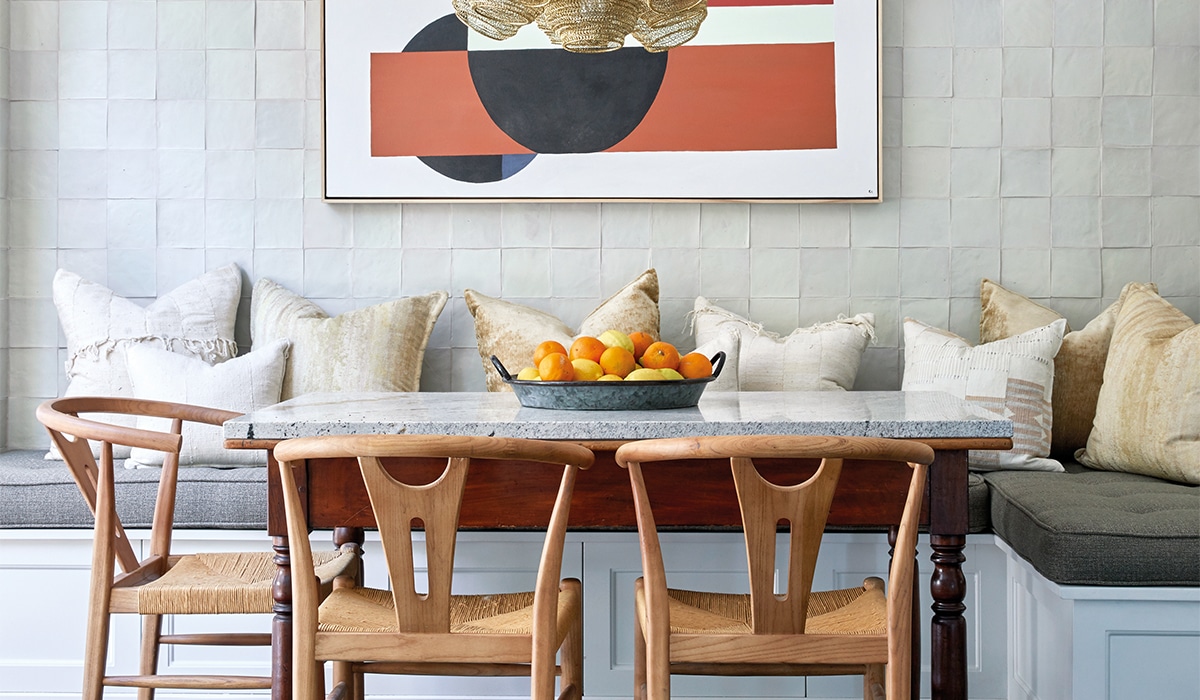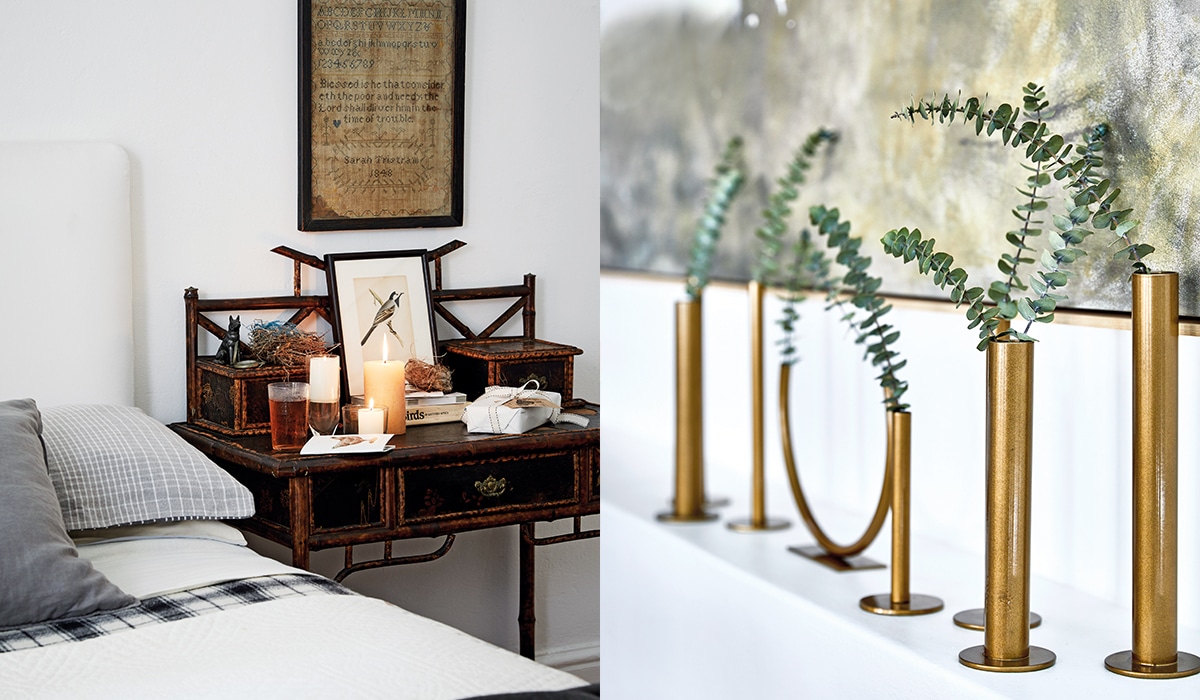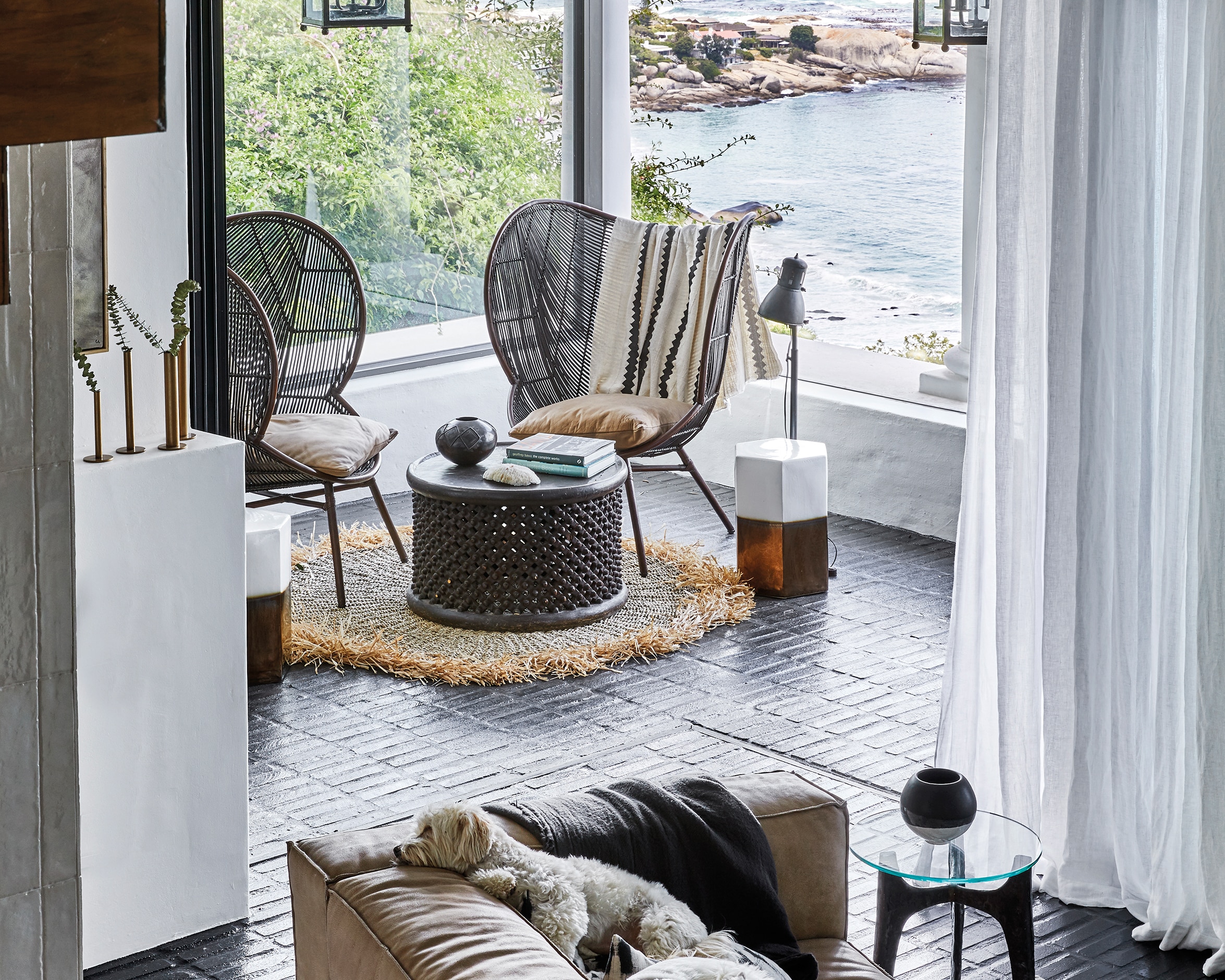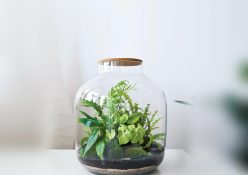Harness the power of texture, scent, light, colour and sound to create a space that speaks to all five senses.
There’s a reason you can remember the rickety old bakery in your childhood neighbourhood as if you walked out of there a few minutes ago. You can feel the solid but springy wooden floorboards underfoot, smell the boiling bagels, taste the buttery biscuits and hear the bakers chitchatting as the creaky, saloon-style bakery door swings open and shut. When all of our senses are fired up, we know exactly what to make of a space. And the impression sticks.
Dedicated decorators have long been privy to this sensory secret. Our senses influence how we understand, navigate and relate to a space – even when we aren’t aware of it – and can tap into our emotions in a deep way. Interior designers have transformed this revelation into an approach called sensory design. The concept: be clear on what emotion you want to evoke, then carefully curate the materials, colours, scents and sounds to create the special ambiance that you crave in a specific space. And the best part? You can do it, too.
Just a touch
Texture comes with two dimensions: how it feels in your hand and how it appears to the eye. From sleek chrome and leather to heavy bouclé and wool, the textures you choose will determine the mood of the space, from when you set eyes on them to when you sink into the couch. Add depth to your decor by layering textures – it can be as easy as adding a rug, a woven basket or glass vase. The shape of your furniture can also add its share of texture to a space, so be mindful of round or hard lines.
If you’re prepared to expand beyond accessories, why not consider textured wallpaper or paint to create a backdrop that’s eye-catching. Tiles, wood as well as concrete and carpeting underfoot are also elements that can add to the room’s ambience, whether you like it or not. Other more invisible elements to consider include the temperature, ventilation and humidity of the room.

See the light
Colour is always important to the eye, but have you ever considered how light impacts it? The brightness and direction of light has a major impact on how we see colour in a space. Your choice of lightbulbs is also important, as warm light will bring out the warm tones of a room, while a white light will pull out the cooler colours.
Where and how the light falls can accentuate some aspects of a room while concealing others – and you can use this tool to guide the eye around the room as you’d like. Doing this takes careful planning, given that you’ll be contending with the interplay of natural and artificial lighting, not to mention their different roles. Consider the purpose of each light: Is it to give the entire space a gentle glow, to create a specific mood, to help with a task such as cooking or reading, or to highlight a specific feature, such as an artwork? Setting a clear intention is the first step to setting the scene you want.
A taste of home
This aspect doesn’t need to be taken too literally – just the anticipation of taste in a space can heighten the senses. Individually wrapped sweets or chocolates in eye-catching bowls or glass jars on side tables add their own kind of texture and whimsy to a room, while terracotta pots of herbs on a kitchen windowsill conjure up crisp salads and aromatic stews.
There’s a reason that fruit bowls and veggie racks are decor classics, as is a beautifully curated wine rack or drinks trolley. Set up a coffee or tea station on the kitchen counter so that it not only looks tempting, but the smells can fill the room and waft through your home when you fire it up. This all adds to the sense that someone lives a rich and happy life here, and that your guests are invited to help themselves and relax, too.
Soothing sounds
Not everyone’s crazy for wind chimes, but some subtle sounds can go a long way to setting the tone inside your home. Running water is a classic, soothing sound, and you can choose a water feature based on the kind of water noise you’re after: Should it be trickling, splashing, cascading or bubbling? While you’re at it, consider making your water feature bird-friendly. Not only are birds excellent for your garden’s health, but their songs will add to the soundscape of your home. If you’re keen to dampen outside noise such as traffic, opt for soft furnishings that will absorb the sound, as well as wooden shutters and thick curtains to block out the offending bustle before it even gets inside.
If you’re a music lover, then a home sound system might work best for you – and it’s simple to set up! Place a series of Bluetooth speakers across different rooms so you can control the track and volume from the device that they are connected to. No matter where you go, the soundtrack will move with you.

Heavenly scent
The current candle craze has created an explosion of new fragrances (think anything from freshly baked biscuits to the bushveld) in eye-catching colours and designs. Lit or not, scented candles can demarcate a specific space without too much visual clutter, and are easy to add and remove as you please.
Reed diffusers have the same effect, and with arguably less fuss – no fire hazard, plus they tend to last longer and create a consistent scent. They can also be used where flames aren’t allowed… but there’s nothing quite like the glow of a candle! I
f natural aromas are what you’re really after, then it’s time to turn to your plant collection. Of course, the likes of lilies, lavender, jasmine and rosemary come to mind first, but consider other plants such as citrus trees, fynbos, honeysuckle or wild garlic. Go for pot plants, which can be moved easily as and when the mood changes – or plant them near windows, doors and pathways so their scent can waft into your home.
Words by: Christi Nortier
Photography: Bureaux





